Considered The First Step Into The World Of Modern Photocopying, The Copying Machine Was Among The First Widely Used Devices To Successfully Produce An Exact Copy Of An Original Written Work. Designed And Patented In 1780 By One Of History’S Greatest Inventors, James Watt, The Copying Machine Was The Only Device In The 18Th Century That Was Able To Duplicate Letters; This Particular Model Was Also Among The First Portable Copying Machines Ever Made.
James Watt (1736-1819) Is Considered One Of The Greatest Inventors Of All Time. Legendary Today For His Work On The Steam Engine, He Spent Much Of His Later Life Devising Small Inventions Such As This. Anecdotally, The Idea For The Machine Was A Result Of Watt Tirelessly Copying Correspondence Between Himself And His Business Partner, The Great Silversmith Matthew Boulton. The Machine Itself Was Ingenious In Its Simplicity. The Letter To Be Copied Was Written In A Special Gelatinous Ink And Then Placed Over A Piece Of Tissue Paper. Pressure From The Roller Impressed Upon The Tissue Paper A Mirrored Replica Of The Letter, Which Could Then Be Reversed And Read From The Opposite Side.
Patented In 1780, The Device Was Eagerly Sought By Important Businessmen And Statesmen Alike. By The End Of The First Year Of Production, Over 630 Machines Had Been Sold, And For The Next Century, Watt’S Machine And The Replicas It Inspired Dominated The Copying Business. Although Many Were Sold In The 18Th Century, This Is The First Working Model We Have Ever Seen For Sale.
Perhaps The Most Enthusiastic And Well-Known User Of The Machine Was George Washington, Who Utilized This Exact Version Of The Copying Machine. His Device Can Still Be Found To This Day On Display At Mount Vernon. Thomas Jefferson Was Another Avid User, Who Owned Several Versions – Even One Of His Own Design – And Is Said To Have Used It Daily. Jefferson Extolled The Benefits Of The Copying Machine To His Friend And Eventual Presidential Successor, James Madison, As Well As Charles Willson Peale. One Of Jefferson’S Machines, A Later Model, Is Still Held And Prominently Displayed At His Monticello Home.
The Present Piece Is Housed In Its Original Mahogany Lap Desk, Which Is In And Off Itself A Remarkable Work Of Craftsmanship. Designed For Transport, Each Piece Can Be Dismantled And Stored Away In Its Various Storage Drawers. These Compartments Also Contain Writing Tools, Including An Ink Bottle And Damping Box. Designed Down To The Smallest Detail, The Full Extent Of Watt’S Genius Is Evident In This Remarkable Machine.
Silver Oval Label Impressed “J. Watt &Amp; Co. Patent”
Circa 1795
6” High X 20 1/2” Wide X 14” Deep
References:
Thomas Jefferson And His Copying Machines, 1984, By S.A. Bedini, Pp. 10-11 &Amp; 26-27
“James Watt And His Copying Machines” In Proceedings Of The British Association Of Paper Historians 4Th Annual Conference, 1993, R. Hills
Before Photocopying. The Art And History Of Mechanical Copying 1780-1793, 1999, B. Rhodes And W. Wells Streeter, Pp.8-11
The Lunar Men, 2002, J. Uglow, Pp.306-7
How James Watt Invented The Copier: Forgotten Inventions Of Our Great Scientists, 2011, R. Schils, Pp. 39-42
Sale!
Antiques M.S. Rau | Portable Copying Machine By James Watt & Co.
$92.00

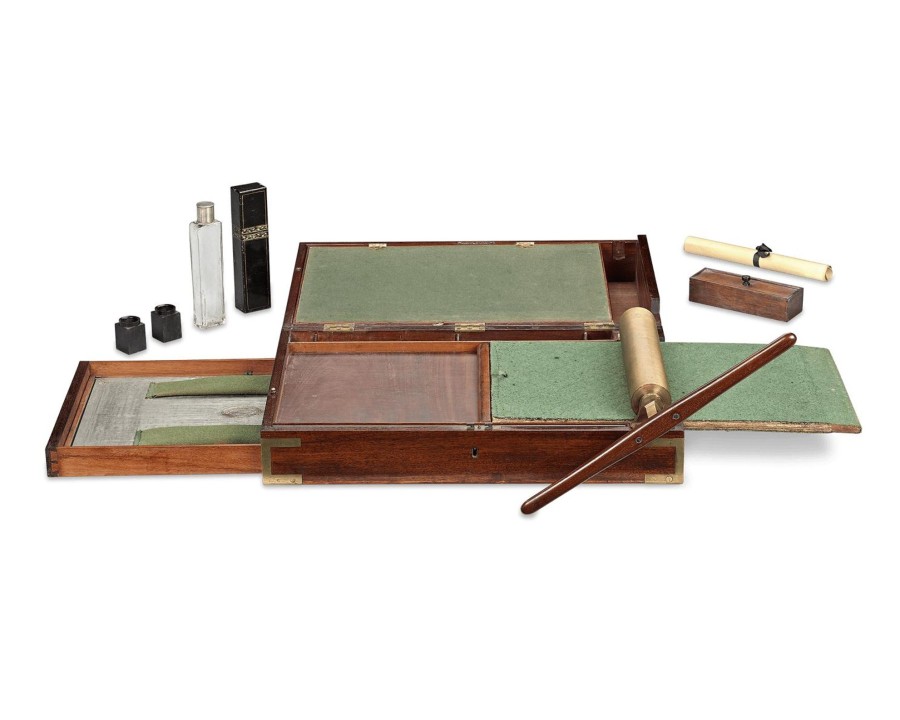

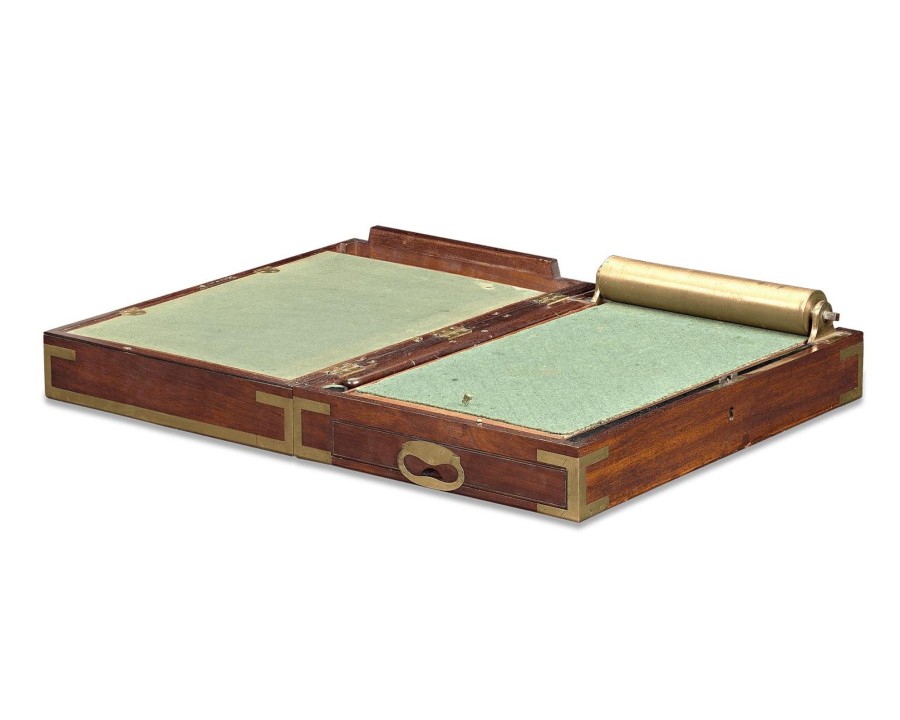
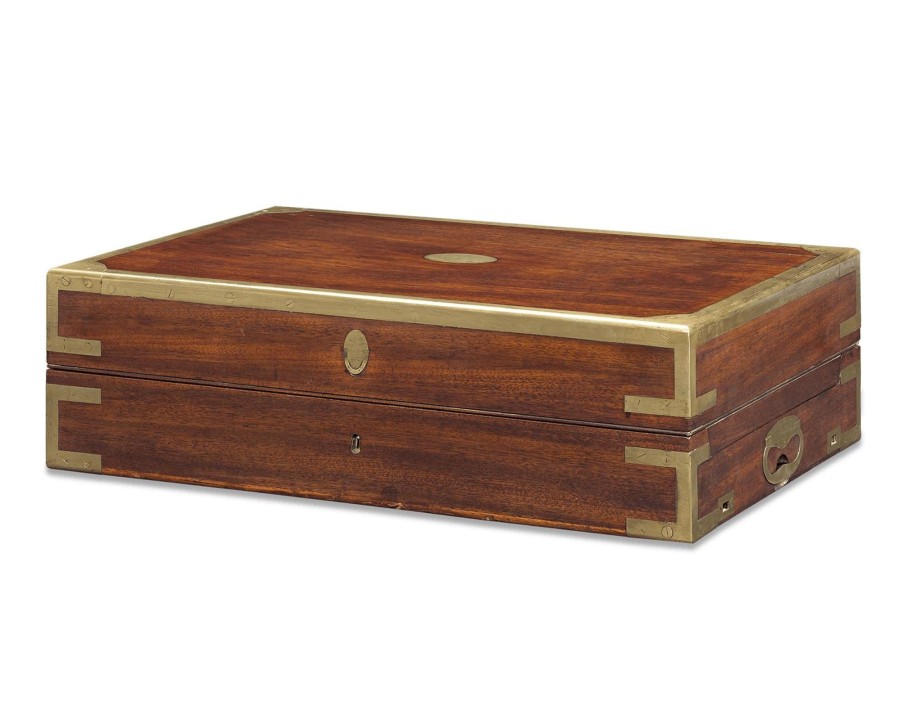
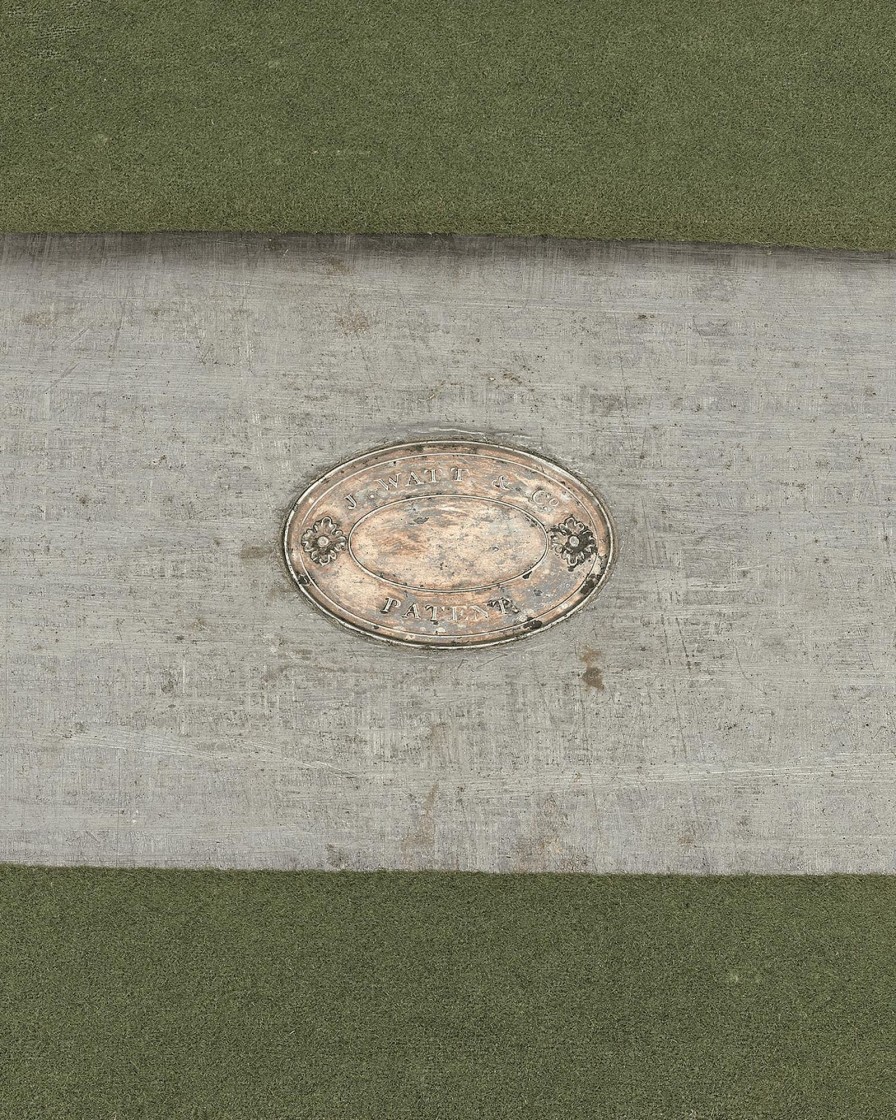
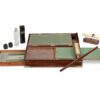

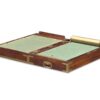
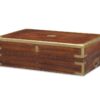


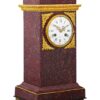
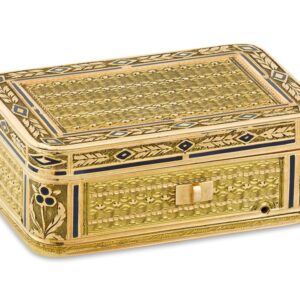
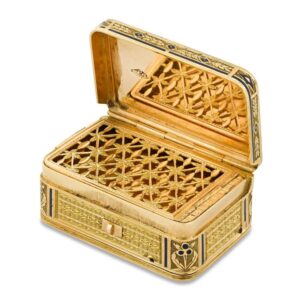

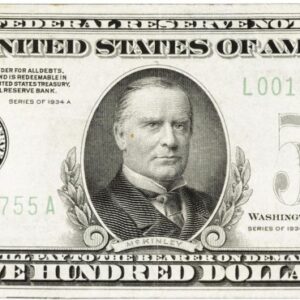

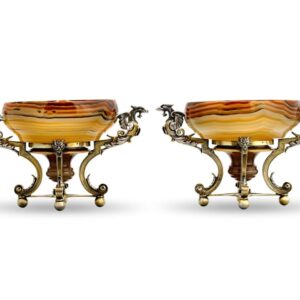
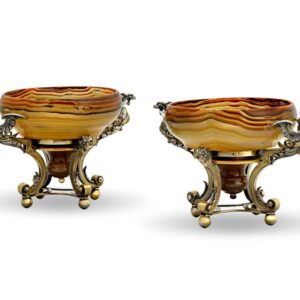
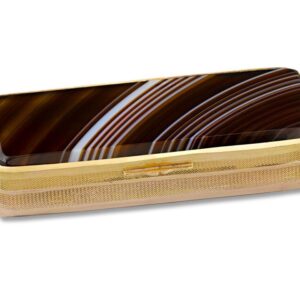
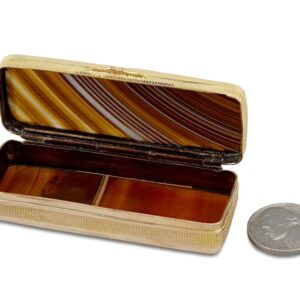
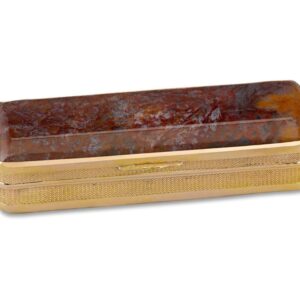
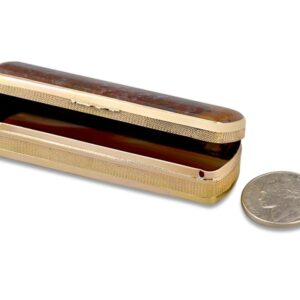
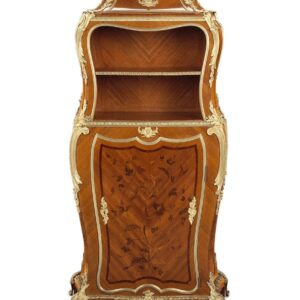
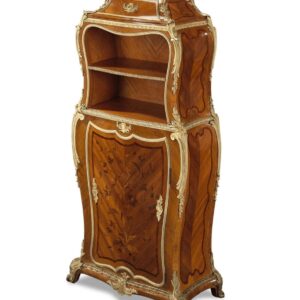
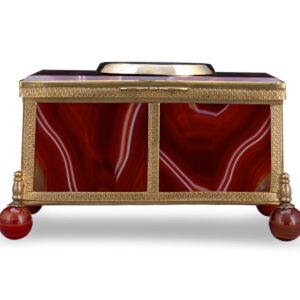

Reviews
There are no reviews yet.